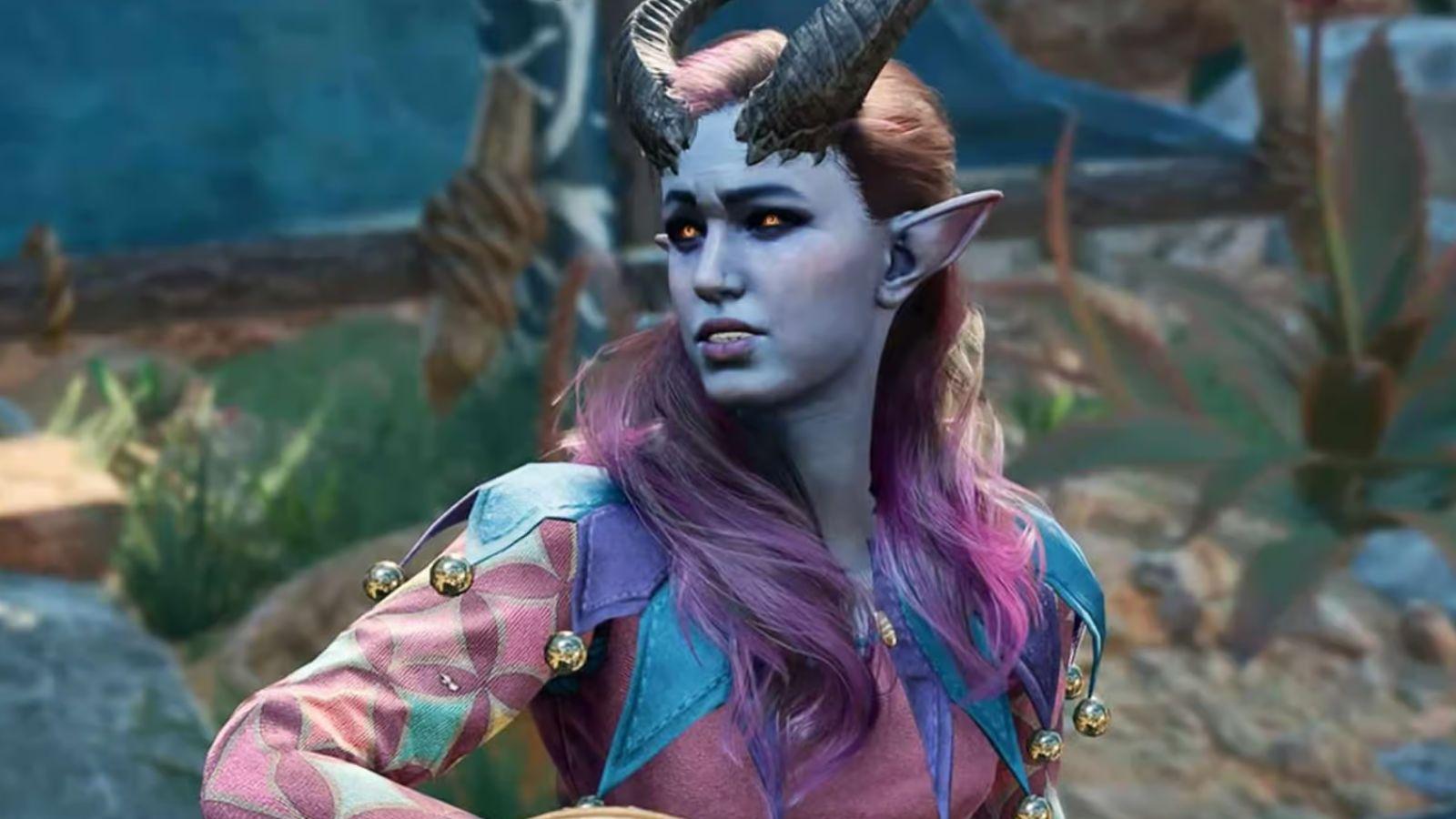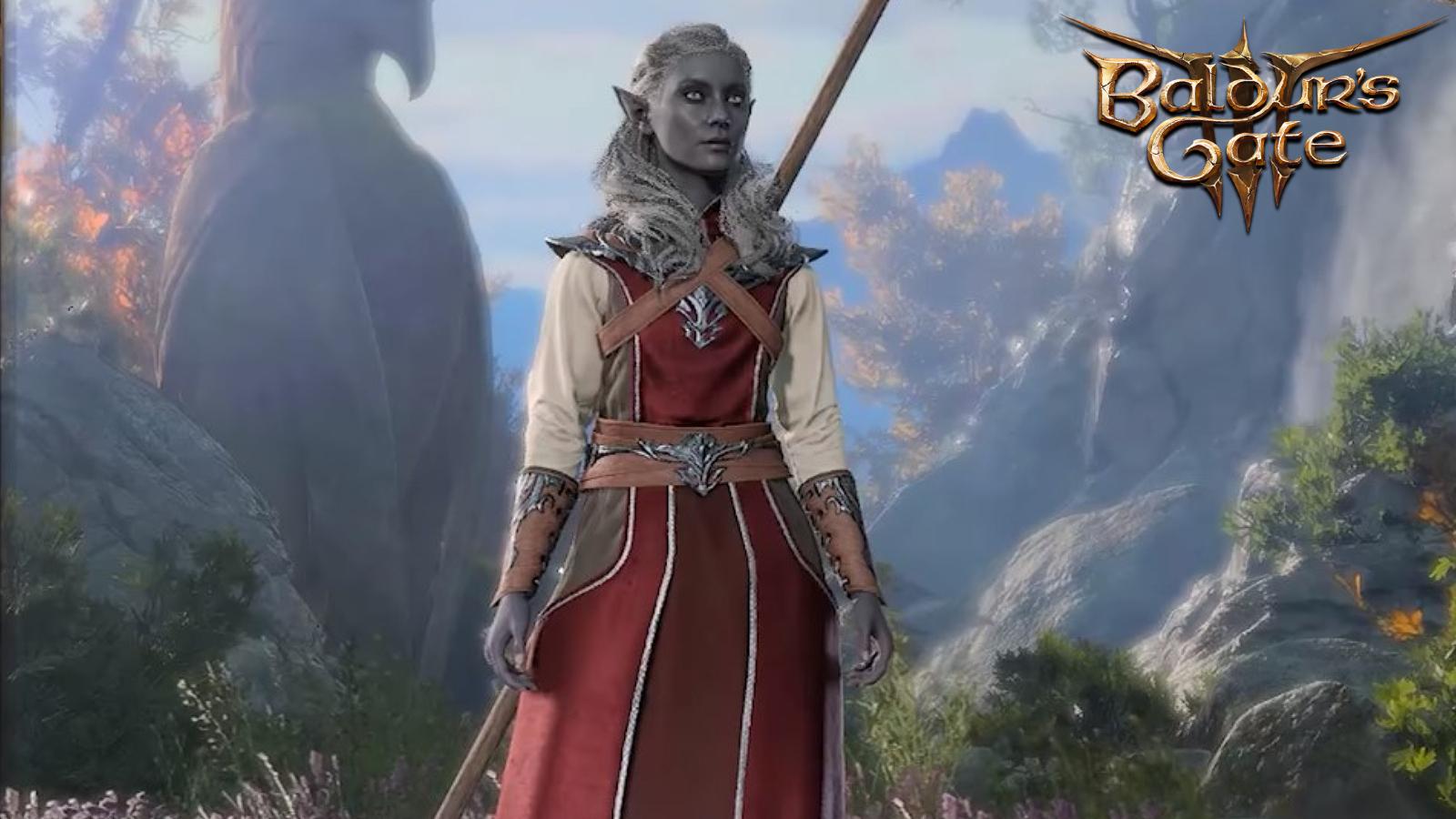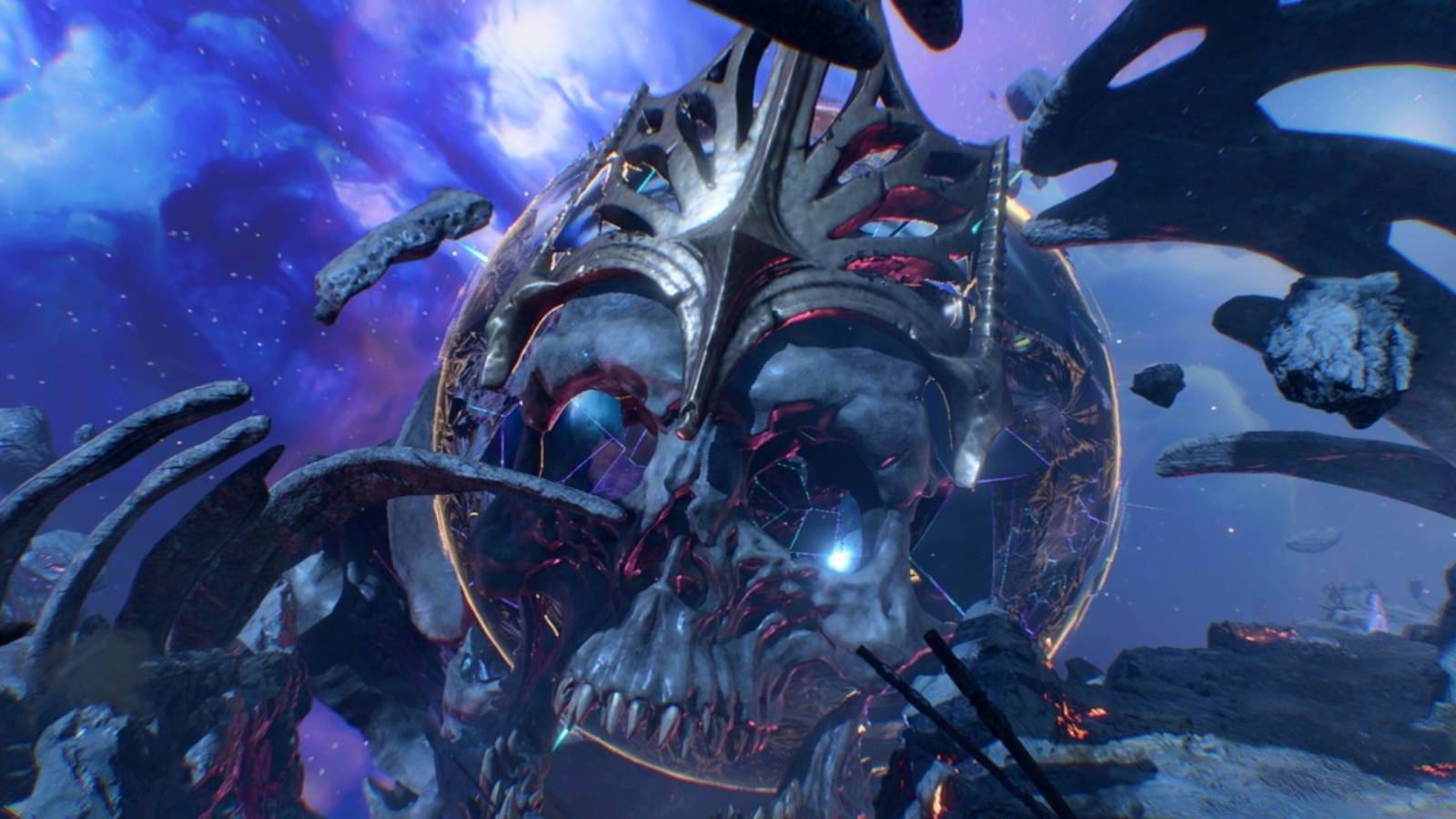Best Baldur’s Gate 3 graphics settings on PC
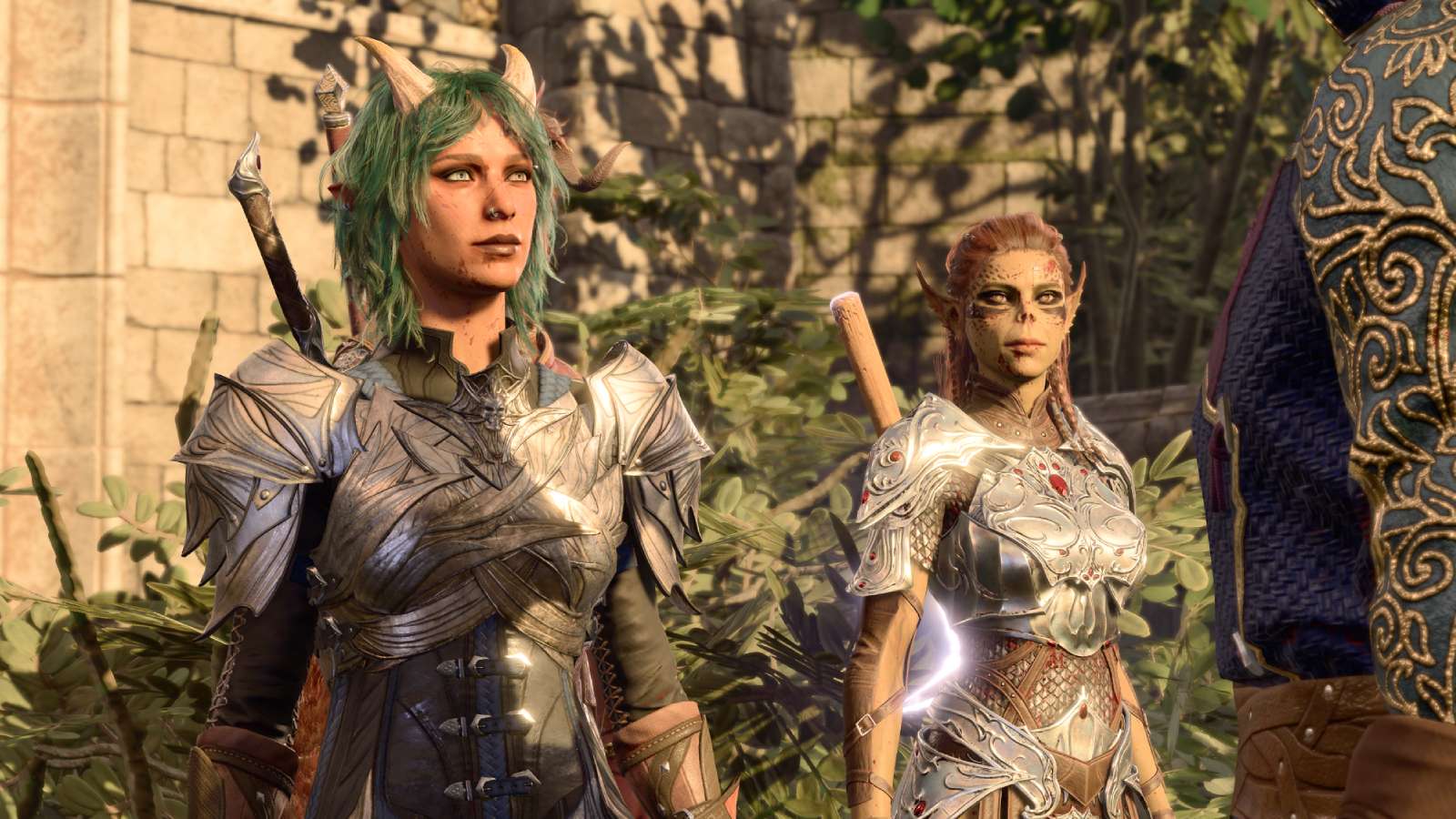 Dexerto
Dexerto Embarking on your second playthrough of Baldur’s Gate 3? Perhaps it’s your tenth attempt, or you’re diving into it for the first time, seeking the ultimate gaming experience. Whatever your situation, we’ve got you covered.
Baldur’s Gate 3 has become something of a cultural phenomenon, dominating Steam sales charts and delighting gamers who want to spend as long as possible in this world with its cast of quirky characters.
To get the best out of Baldur’s Gate 3 however, can be a little overwhelming, since the game has a huge variety of settings that players can tweak to get an experience suited for them. This can be intimidating to users who are less familiar with these types of settings on a gaming PC, but this guide is here to help.
This settings guide can even be applied to laptops and handheld gaming PC machines like the Steam Deck, to achieve the best performance possible with the available hardware.
The best Baldur’s Gate 3 settings
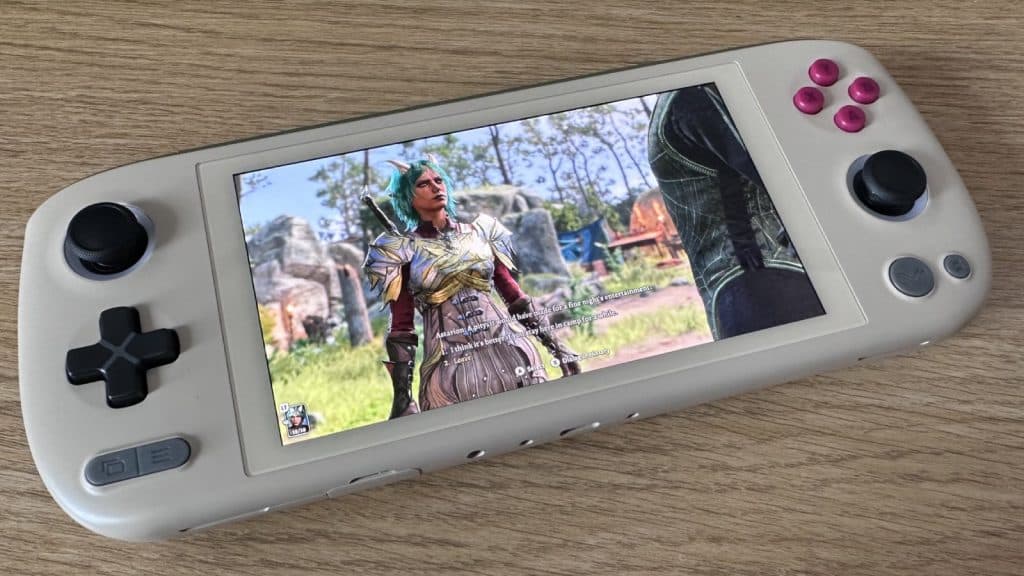 Dexerto
Dexerto - API: DirectX 11
- V-Sync: Disabled (If you have a 120Hz+ panel)
- Maximum Frame Rate: 60
- Model quality: High
- Detail distance: Medium
- Instance distance: Medium
- Texture quality: High
- Texture filtering: Anisotropic x16
- Animation level of detail: High
- Slow HDD mode: Off
- Dynamic crowds: Enabled
- Shadow quality: Medium
- Cloud quality: Medium
- Fog quality: Medium
- Nvidia DLSS: Performance
- AMD FSR 1.0: Off
- FidelityFX Sharpening: Off
- Sharpness: Default
- Anti-aliasing: DLAA
- Ambient occlusion: Enabled
- Depth of field: Circular
- Depth of field quality: Quarter
- God rays: Enabled
- Bloom: Enabled
- Subsurface scattering: Disabled
We’re going to be targeting a modest system, playing the title at 1080p at around 60 FPS. The system that we used to test this with was a lower-end gaming laptop, featuring 16GB of RAM, an intel Core i5-11400H, and an RTX 3050 4GB GPU.
So, if your desktop matches or outperforms those specs, you can expect higher FPS in-game. We also disabled Larian Launcher to make sure that it was not somehow hamstringing performance. We observed over 60FPS performance with our humble, somewhat VRAM-limited machine with these settings, and recommend that you select the “Medium” preset and then tinker with settings from there.
We recommend using an Nvidia-based system here, as you also get access to DLSS, and its performance mode looked fantastic on our 1080p display. If you have an AMD-based system, we wouldn’t really recommend using FSR In order to play the game, as it just serves to make the image blurry. However, developer Larian Studios has committed to including it in the game in a future update.
These settings should be the best settings for most people looking to get into the game, but if you have a high-end rig, feel free to whack everything straight to ultra. Any relatively modern gaming PC should attain 60FPS or above performance with these settings at 1080p.
Baldur’s Gate 3 settings for best performance & high FPS
If you are looking for the best Baldur’s Gate 3 settings to push your FPS higher into the triple digits, or if you are using a particularly low-end system, you might find some luck by cranking the following settings down. These will also apply to systems like the Steam Deck, too.
- API: DirectX11
- Model quality: Low
- Texture quality: Low
- Texture filtering: Trilinear
- Shadow quality: Low
- Fog quality: Low
- Supersampling: DLSS Performance / FSR Ultra Quality
- Ambient occlusion: Off
For the rest of your settings, you may need to tailor it to your specific gaming setup, as a Steam Deck will vastly differ from a PC running a 2060. In particular, you can opt to choose higher texture quality, so long as your GPU’s VRAM allows for it.
Regardless, all of these settings are very impactful on overall performance and could help you reach a playable framerate, or break into the triple digits, if you are using Nvidia drivers, as the company has boasted.
What is the best GPU for Baldur’s Gate 3?
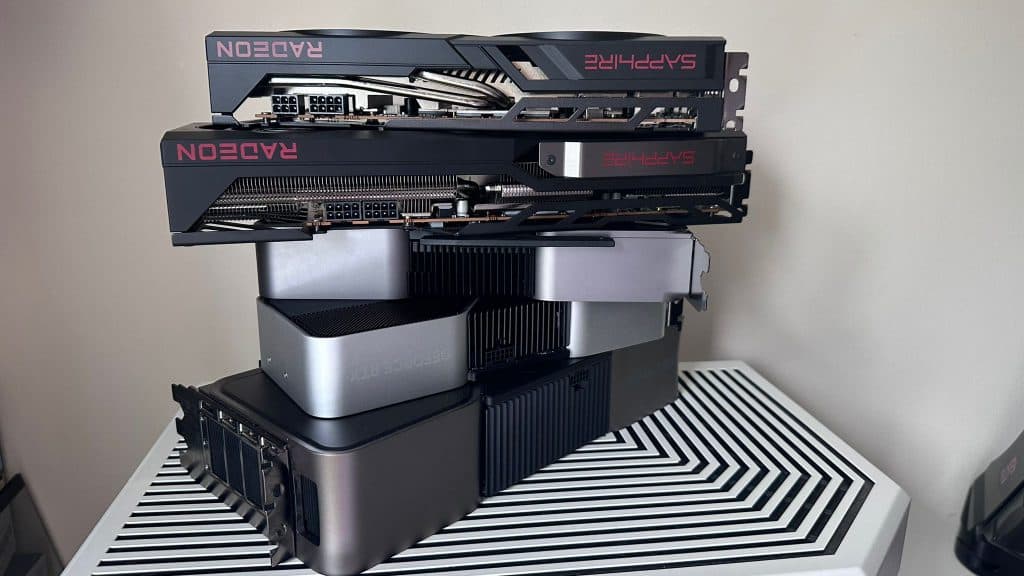 Dexerto
Dexerto Right now, we think that the best GPU for Baldur’s Gate 3 is an RTX 4060 Ti, or RTX 3060 Ti. These graphics cards are not the highest-end in the world, but will manage to run the game admirably at high resolutions with high framerates to match.
Looking for more killer Baldur’s Gate 3 content? Check out the below.
Best Sorcerer build | Best Bard build | Best Rogue build | Best Fighter build | Best Ranger build | Best Barbarian build | Best Druid build | Best Warlock build | Best Wizard build | Baldur’s Gate 3: What’s the max level cap? | Best Baldur’s Gate 3 classes tier list | How to revive characters in Baldur’s Gate 3 | Can you multiclass in Baldur’s Gate 3 | Baldur’s Gate 3 Soul Coins: How to get them & what they are | Baldur’s Gate 3: Fastest ways to get XP & level up | Baldur’s Gate 3: How to respec your character | Baldur’s Gate 3 Karmic Dice: What are they?

